Is it possible that the Information Age is also a Dark Age? Will the planet and its inhabitants be able to withstand the Fourth Industrial Revolution?
The mass media and advertisers offer a glimpse of the direction that society is headed, and to some, it is not looking good.
The Encyclopedia Britannica provides a definition of the ‘Dark Ages’:
Though sometimes taken to derive its meaning from the dearth of information about the period, the term’s more usual and pejorative sense is of a period of intellectual darkness and barbarity.
Three current television commercials offer three commentaries on the personal private behaviors that advertisers are seeking to cultivate or normalize, in order to influence consumers’ purchasing behaviors for corporations. Lucrative industries including wireless providers can afford to attract the best advertising minds in the country.
The plot is enjoyable, the ads are adorable, the music is catchy, what is not to like?
Let’s unpack what the sellers are selling.
1 – The Samsung Galaxy S10 TV Commercial, ‘Wireless PowerShare’ Song by Olly Anna
A man sits in a coffee shop, dismayed by his Samsung Galaxy S10’s dying battery, but his spirits are raised when another Galaxy S10 owner offers to let him charge his phone with hers. This act of kindness inspires a chain reaction where S10 users pass on their good fortune by letting others charge their phones in libraries, airplanes and on rooftops. The Samsung Galaxy S10 and its variants are said to be the phone with the power to share power because of its Wireless PowerShare ability.
First of all, cellphones are filthy. According to Time.com:
Studies have found serious pathogens on cell phones, including Streptococcus, MRSA and even E. coli. Just having these microbes on your phone won’t automatically make you sick, Whittier says, but you still don’t want to let them enter your system. Viruses can also spread on phones if one person is sick with strep throat or influenza and coughs on their cell phone before handing it off to a friend.
When we use a public toilet, we share surfaces with strangers, although some users will even use a seat guard. But we don’t put our face on a toilet seat.
The ad depicts strangers noticing that the person next to them is in need of a charge, which is increasingly unlikely in the digital age. In one shot, a stranger reaches across the airline aisle to lend another passenger a charge from their phone.
Given the present state of winner-take-all security warfare, the stranger can most likely infect your phone with 2 kinds of viruses; the kind that might land you in the hospital, and the kind that steals all of your personal data and your identity.
Second, many cellphone customers use their gadgets to disconnect from their surroundings, by focusing on whatever they see or hear at a distance. Avoiding eye contact, recognition, and interaction, (especially if earbuds are also in use) is more common than being present in time and space.
This can be contrasted to dogs and other animals that are highly attuned to everyone and everything in their environment, using all of their senses. While animals manifest full sensory integration, human endeavor is on a path of disintegration, with increasing reliance on senses that are tied to devices. This is at the expense of other inborn abilities, as well as species interaction, recognition, and compassion.
Even though the ad implies that it will be hip and cool when Galaxy’s powershare enables customers to pay-it-forward and share cellphone charging between sexes, across age groups, and across racial lines as the commercial implies, (even with a guy with a man-bun), we can bridge all of those differences without a technological overlay of energy consumption, if we want to.
Shared unbridled consumption is still unbridled consumption, on a device that starts with mining of conflict minerals by children in destitute war-torn regions, and ends with e-waste, also exported to other countries.
In answer to the song’s question “What Do You Think of Me Now?” there is no limit to the capacity for human kindness. In truth, the kinder and wiser action might be to start thinking about the serious issues concerning device use, including the effects on nature and other humans, including children, and including those who have developed environmental illness associated with second-hand exposure to artificial microwave radio frequencies.
The other action is to use your brain and remember to bring your charger.
Advertising usually carries a subliminal message that whatever you purchase will increase your ability to attract a partner. As one phone lies on top of the other, we hope for a similar outcome.
In truth, the threat of wireless devices to fertility cannot be over-emphasized.
2 – The commercial about the battery life of the iPhone XR
The second commercial is all about the battery life on the iPhone XR. Thanks to the 2942mAh battery on the device, the iPhone XR lasts longer between charges than any other iPhone in history. The previous title holder was the iPhone 8 Plus. This 30-second commercial shows a parking garage attendant sleeping while his iPhone XR is streaming a sporting event. A father conks out while monitoring his crib-bound child on his iPhone XR and a woman falls asleep while playing Angry Birds on her iPhone XR. The tagline says, “You’ll lose power before it will. The longest battery life in an iPhone. That’s iPhone XR.
The purpose of this ad is to emphasize the long battery life of the phone by showing consumers falling asleep while using their phones.
What is so ironic about the ad is the emergence of clear evidence of sleep interference due to device use.
As CNN reported,
You love your smartphone, but it may be ruining your ZZZ’s. Use of these devices, especially near bedtime, is associated with worse quality of sleep, according to a new study.
“When we looked at smartphone use around the time when participants reported they went to bed, more smartphone use around that time in particular was associated with a longer time to fall asleep and worse sleep quality during the night,” said Dr. Gregory Marcus, author of the study and an associate professor of medicine at the University of California, San Francisco. His research was published Wednesday in the journal PLOS One.
Far more concerning is the shot of a young girl falling asleep while playing “Angry Birds” and still holding her phone in her hand as she sleeps. Whether or not we as a society recognize that we are normalizing behavior associated with tech addiction in children may determine what happens to all of us in this generation.
The image of the girl asleep with her phone is the equivalent of an adolescent drunk holding a liquor bottle.
As reported in the 2013 study, Adolescent Sleep and Cellular Phone Use: Recent Trends and Implications for Research,
Given that poor and disrupted sleep can cause problems with physical and psychological functioning, adolescents may present to pediatricians or mental health clinicians with depressive symptoms or increased illness presentation that are exacerbated by poor sleep. Few healthcare providers, however, have received in-depth training in sleep and may not inquire about sleep as a contributor to larger health issues in their patients. Therefore, we encourage practitioners to consider the following recommendations: 1) Practitioners should regularly assess both the amount of sleep that adolescents receive as well as disruption caused by modifiable environmental factors (e.g., technology use); 2) Parents should be provided with information about how to foster healthy sleep habits in adolescents, which include setting very clear boundaries around technology use in the home (e.g., all phones “turned in” to a centralized location at night); and 3) Practitioners should remain attentive to the evolving technological platforms that adolescents are using and overtly ask their patients about the impact of technology on sleep. These inquiries could include questions such as “Do you go to bed later than you should because you get caught up on social media or texting,” or “Do you wake up after falling asleep to answer texts?” Adolescents are typically very candid about disclosing these behaviors, thus opening the door for practitioners to provide psychoeducation about the importance of sleep and technological boundaries. Given the importance of sleep on growing minds and bodies, any efforts to improve adolescent sleep quantity and quality should be considered a worthwhile investment.
The parent falling asleep while monitoring their child through a video feed may have a sense of control enabled through surveillance, but the child gains nothing. Whereas a parent in a previous generation developed an intuitional relationship with their child based on real-time full body interactions using all of the senses, we have become instinct injured to the very real damages being inflicted on a generation of children, which may be caused by the wireless exposure itself.
Sensors are a poor substitute for insight born of attention, intimacy, and love.
Healthy familial interactions function aura-to-aura, and through the hormones of those in close proximity. The ancient Chinese and Indian cultures developed a vast understanding of self-care and family-care lifestyle practices harmonized by rhythms of nature, from walking at sunrise and sunset to seasonal local food. The wisdom cultures never would have understood the concept of or demand for a “smart diaper.”
3 – The third ad currently airing is an Amazon prime ad; Amazon Prime TV Commercial, “Make a Statement” Song by Whitesnake
When a mom orders diapers using Amazon Prime, her Amazon app shows her a chair that it says could make a statement. The mother begins to daydream as she envisions herself, clad in black, dancing around and on the chair in her living room to Whitesnake’s “Is This Love.” She soon snaps back to reality and orders the chair. Amazon says it offers free shipping, including furniture.
The ad’s depiction of the personalized push notification hides the reality that Amazon has ushered consumers into an unprecedented age of data mining, privacy invasion, and surveillance, with inadequate consumer protection.
Axios compiled a list of comprehensive list of what Amazon knows about you
Depending on how much you shop, watch and read with Amazon, the e-commerce behemoth may know more about you than any other company on earth.
The big picture: Naturally, they know what you’ve browsed or bought on their main service. They also know what you’ve asked Alexa, watched on Prime, and read on your Kindle. They know even more thanks to their ownership of Whole Foods, Ring, Eero, Twitch, Goodreads, IMDB and Audible.
Details: As with Google or Facebook, what Amazon knows depend on how much you rely on its services. That said, these days Amazon’s services are all around us. Here are some of the different types of information gathered by various Amazon services.
Read Full Article HERE.
Life in the Fast Lane in a Dark Age is Still Dark
The convenience of the Internet has enabled society to shop 24/7/365.
One manifestation of this is the phenomenon of drunk shopping:
Telecommunications and technology increasingly eliminates natural boundaries regarding activity, action, inaction, and rest.
Whereas previous generations watched one television show once when it aired, we can now spend an entire weekend binge watching a favorite series or actor.
As technology eliminates temporal limitations, it falls on the individual consumer or parent or school to navigate the terrain of managing sensory desires in a society that values indulgence.
Do I want to be conscious, or unconscious?
Do I seek immediate gratification, or planning, patience and contemplation?
Should humans engineer the planet so that I can control the environment at a distance, no matter the cost to nature and human health?
The answers to these questions fuel the demand for faster, more ubiquitous man-made frequencies blanketing the planet.
We have lost our connection to the laws that govern life on Earth. It is truly an intellectual dark age.
Ancient cultures developed vast insights into balance and grace, without technology and sensors. By seeking purification, the ultimate practice of sustainability was to make the physical body a more efficient conduit of the universal energy field sourced from the sun. The intention was reverence, and a desire to understand and harmonize with the laws that govern the relationships between the inner and outer environment, from healthy ingestion to digestion to elimination, over the course of the day, week, lunar month, seasons, and year.
No one needed a smart self-rolling yoga mat that would tell them what to do – the wisdom and authority is internalized in our own very DNA. A true teacher guides the student to his/her own wisdom and authority.
We have lost the way.
As the Amazon prime soundtrack to the woman buying a chair asks, “Is this Love?’
LEARN MORE:
Welcome to EMFscientist.org
The International EMF Scientist Appeal serves as a credible and influential voice from EMF (electromagnetic field) scientists who are urgently calling upon the United Nations and its sub-organizations, the WHO and UNEP, and all U.N. Member States, for greater health protection on EMF exposure.
Be Free and Independent! Get a free issue of Counter Markets today.
Image credit: Pixabay

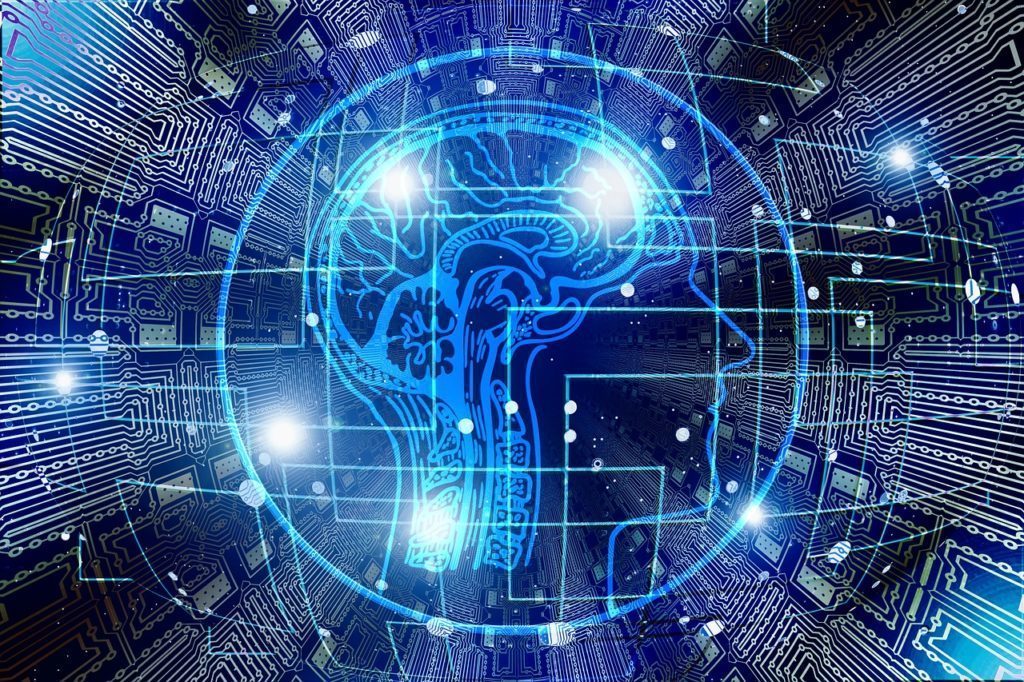
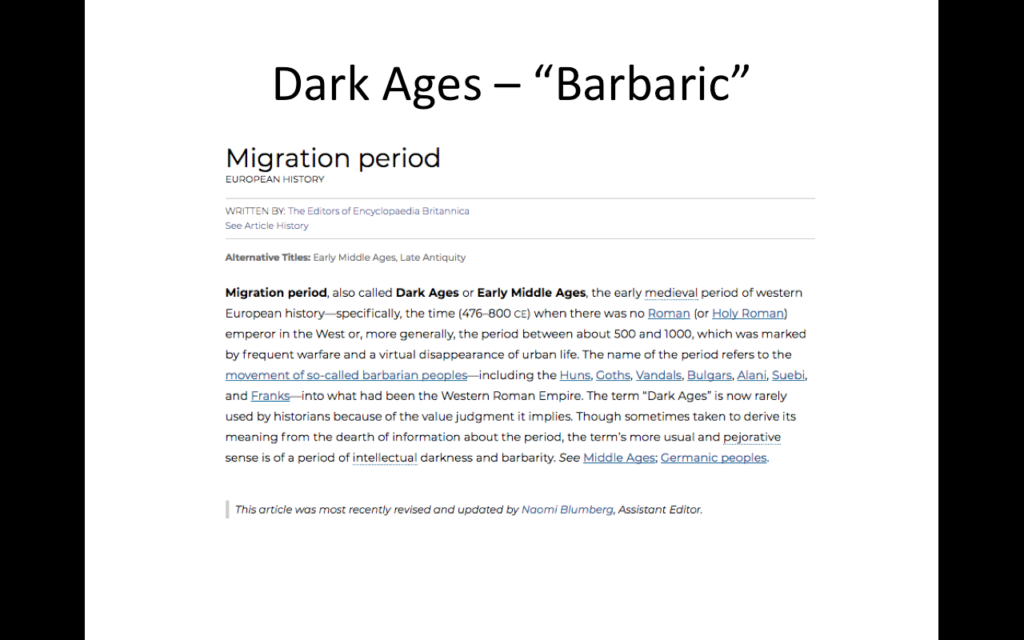
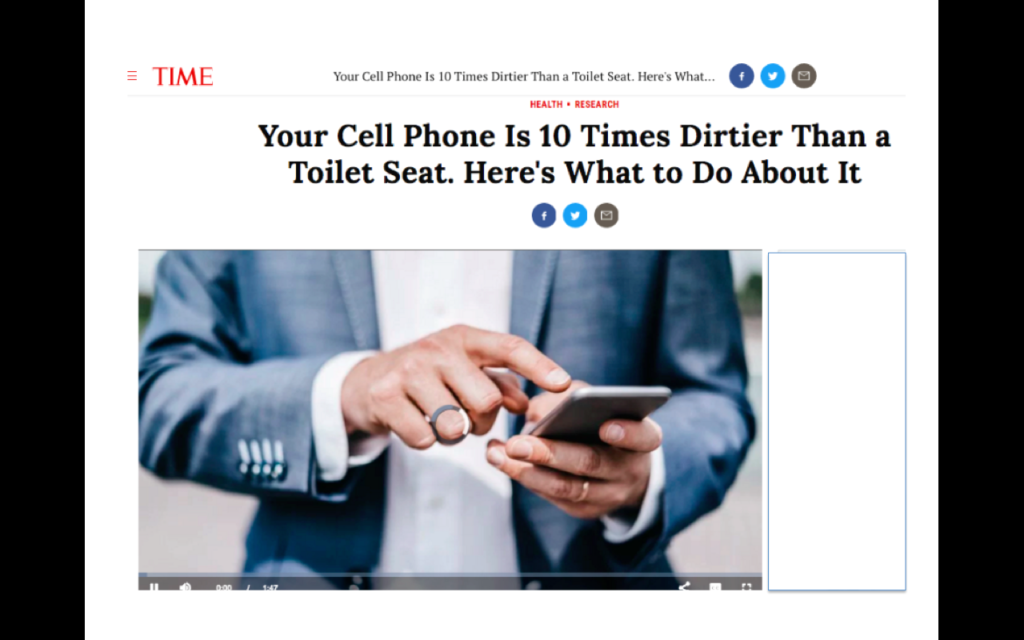
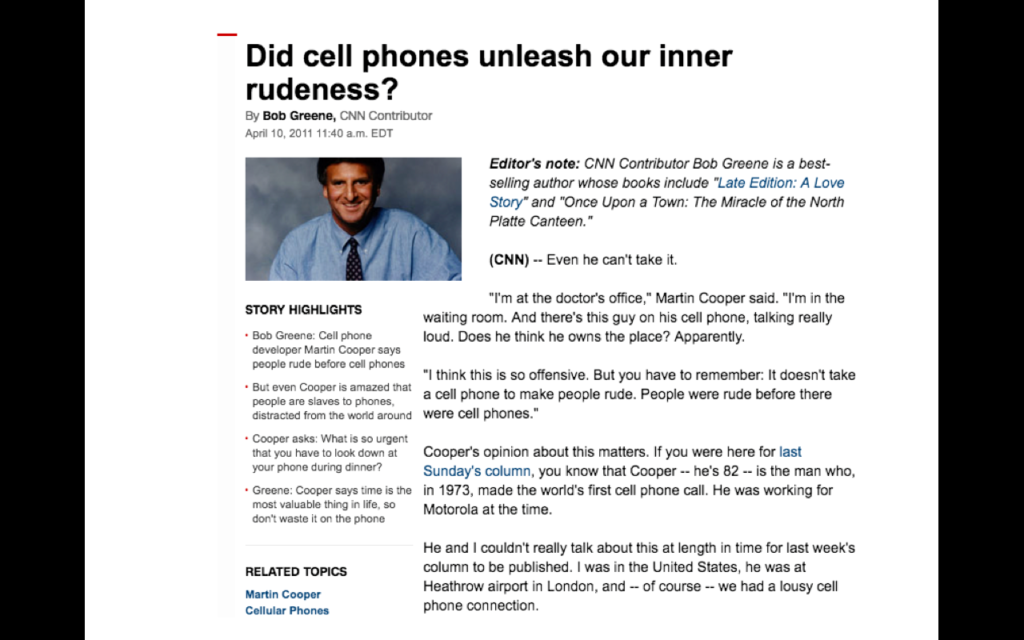
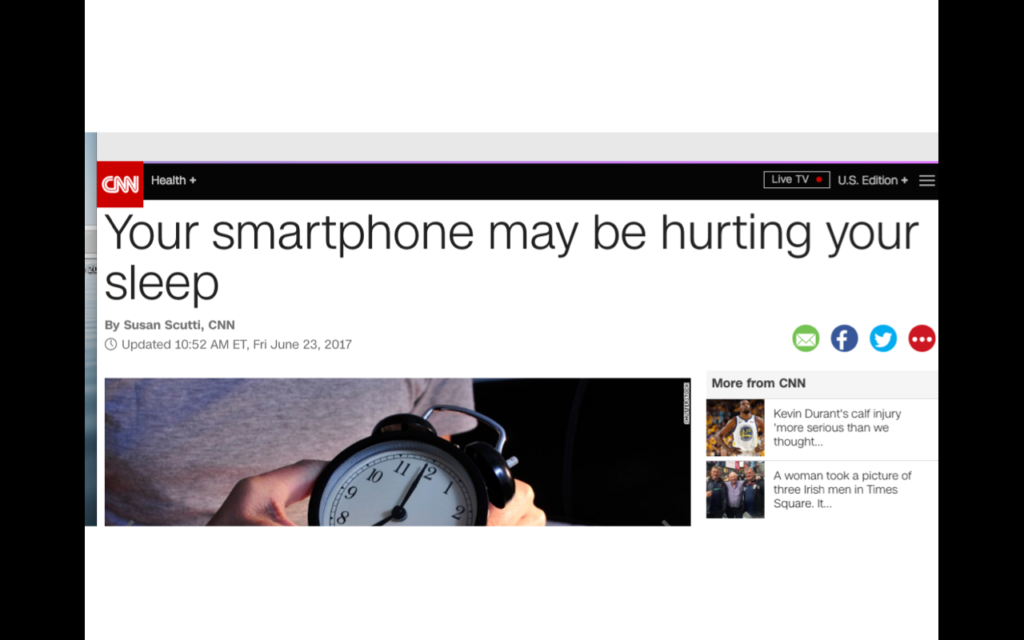
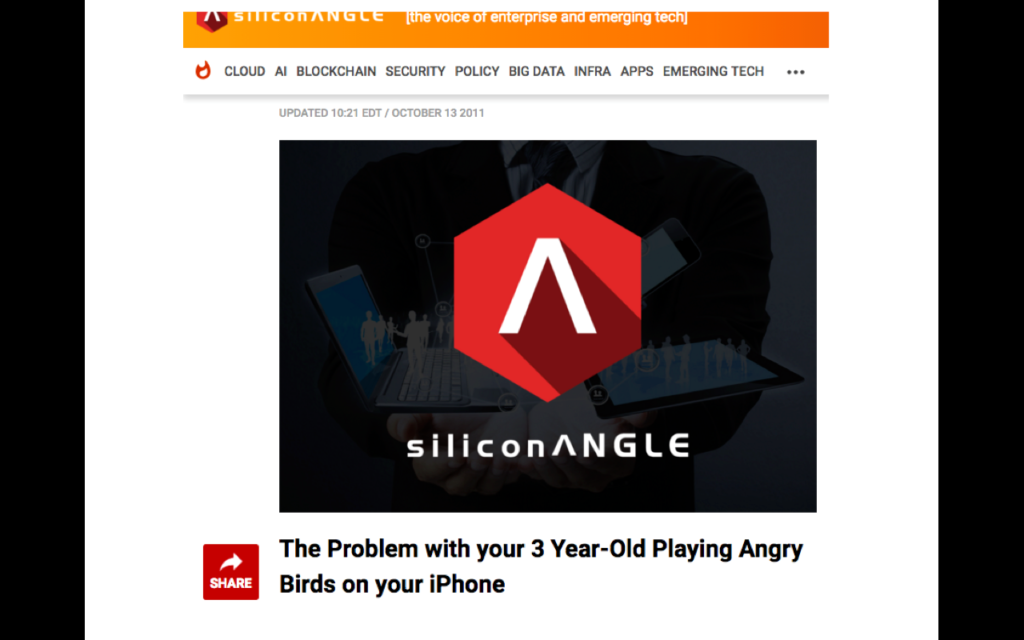
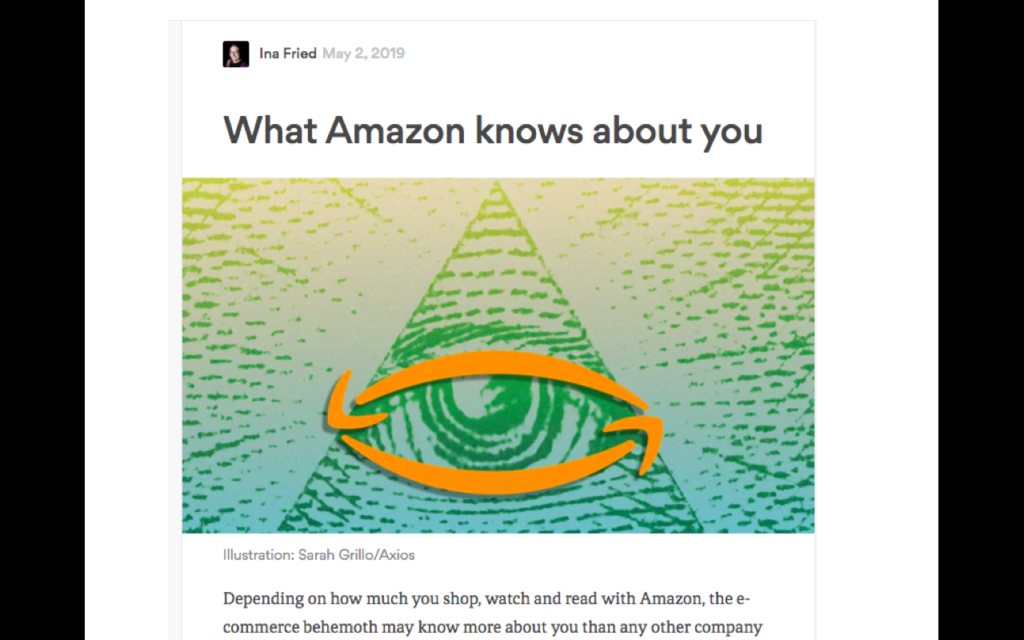
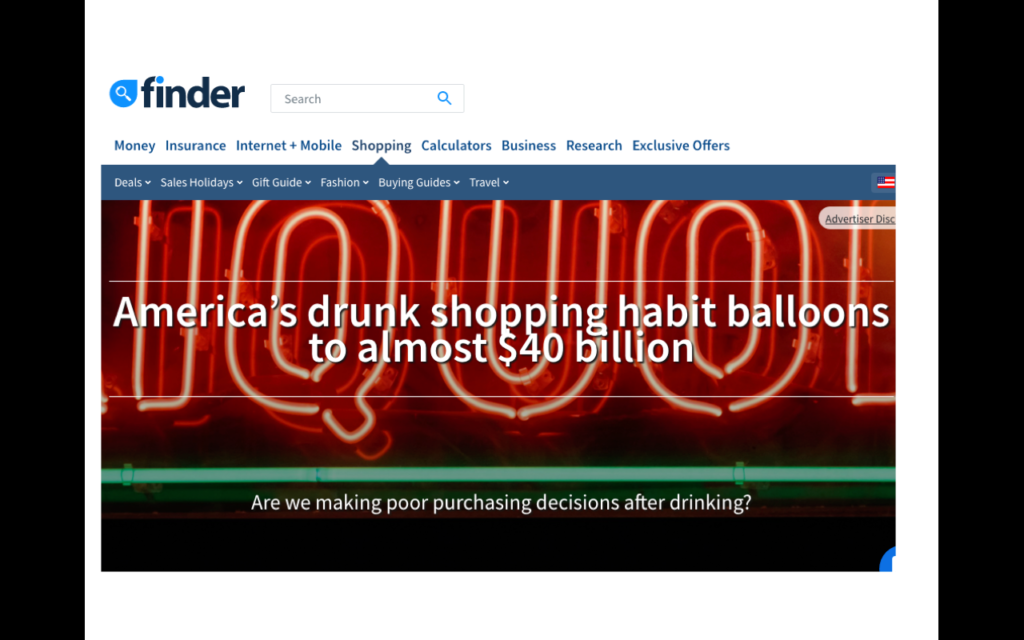
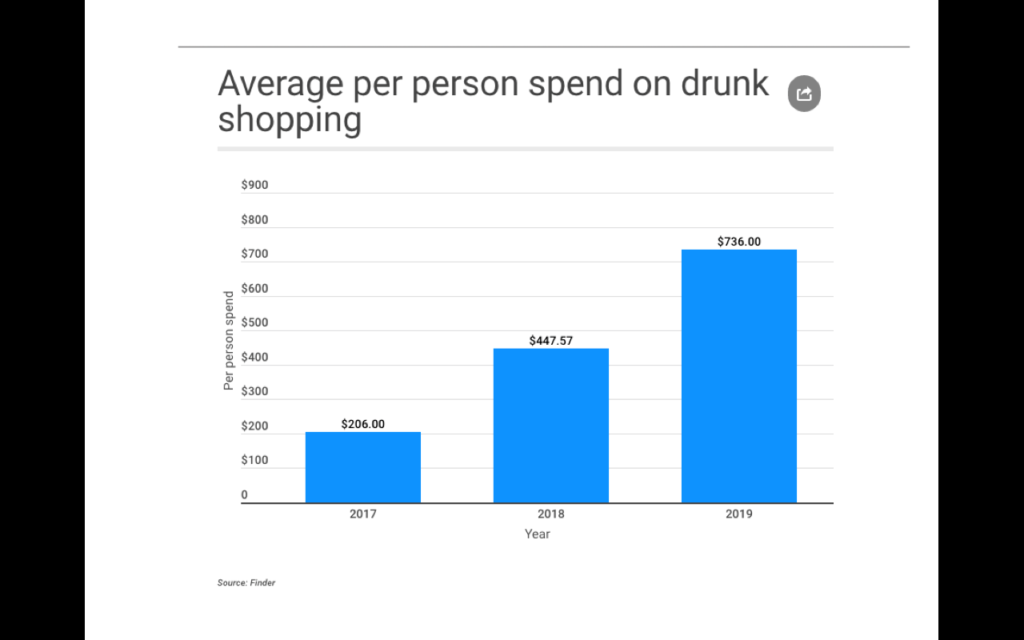

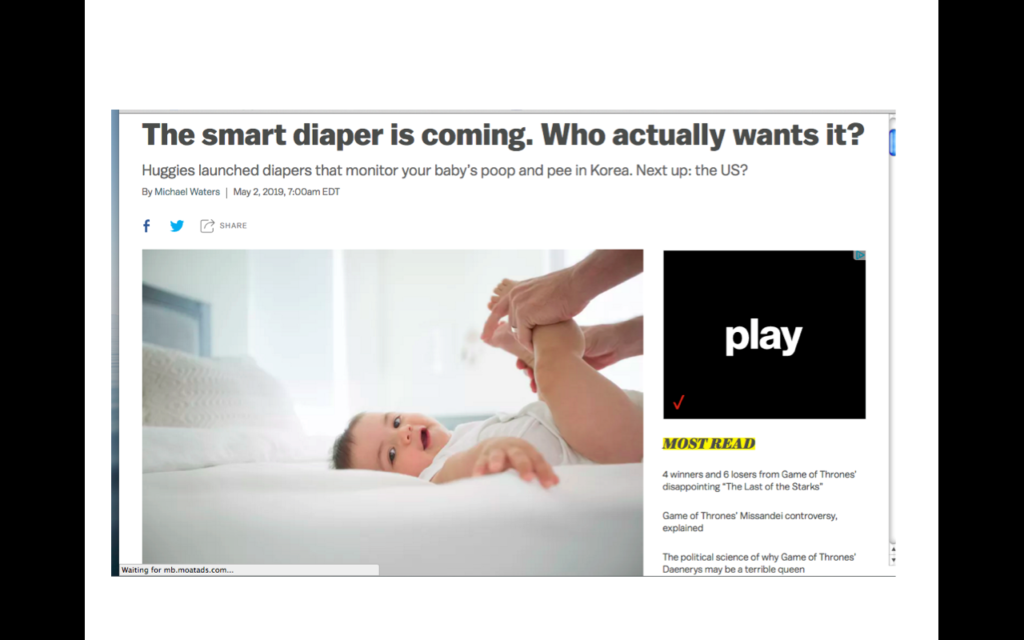
Be the first to comment on "5G, AI, IOT, EMF: Without Nature Intelligence, The Information Age is a Dark Age"